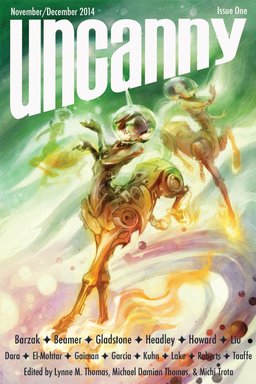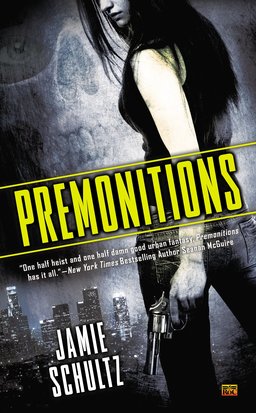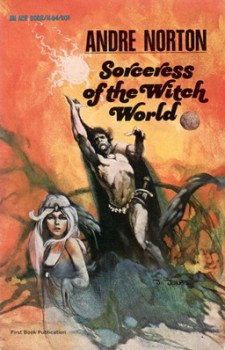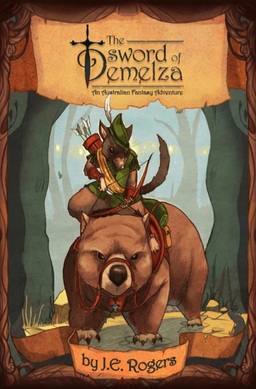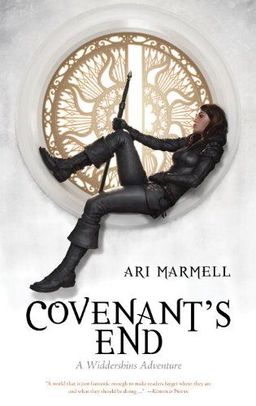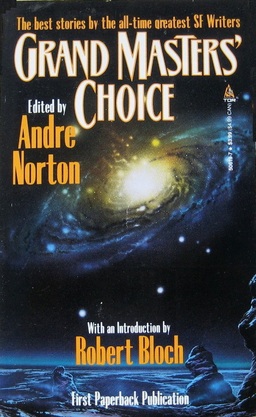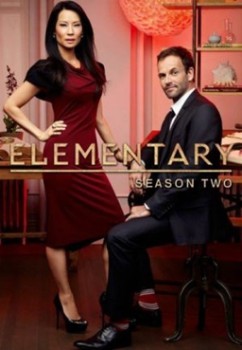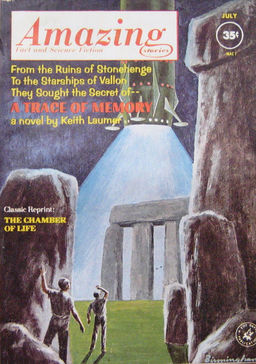Those Thrilling Days of Yesteryear
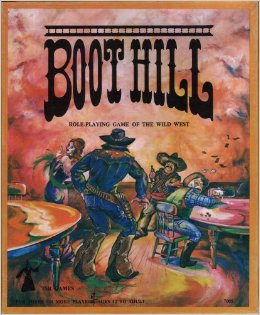 As my children will tell you, a frequent refrain around my house is “I’m so glad I was a kid in the 1970s.” I say it often enough that my teenage daughter – Lord, help her – is starting to wish she’d grown up during the “Me” Decade as well. I could probably write several posts about why I say this and why I say it with conviction, but I’ll spare my readers such blather at this time. However, I will explain how it’s pertinent to the present post.
As my children will tell you, a frequent refrain around my house is “I’m so glad I was a kid in the 1970s.” I say it often enough that my teenage daughter – Lord, help her – is starting to wish she’d grown up during the “Me” Decade as well. I could probably write several posts about why I say this and why I say it with conviction, but I’ll spare my readers such blather at this time. However, I will explain how it’s pertinent to the present post.
Television during the 1970s was a funny thing. Outside of “prime time,” first-run programming was broadly limited to game shows, soap operas, news broadcasts, and, of course, Saturday morning cartoons. That left a lot of air time to be filled, which, coupled with new rules passed by the Federal Communications Commission intended to foster the creation of local content (but generally didn’t, at least in my neck of the woods), meant that I saw reruns of many, many old TV shows and almost as many old movies.
Even though I started watching most of this stuff because there was nothing else on, in retrospect, I’m glad that I did so. Not only did it expose me to content, genres, and actors with which I might otherwise have never become familiar, it also provided me with pop cultural connections to my parents, grandparents, and even just the older guys I’d later encounter in the hobby shops. That’s why, to this day, I’m very much a man out of time, with the tastes and interests of the generation before mine, such as my abiding interest in the Second World War. I suspect many of my age peers are similar in this respect.
One of those pop cultural connections to earlier generations was the Western, a genre that had peaked during the 1960s and was well on its way out the door by the time I was born. Yet, thanks to syndication, I got to see plenty of Westerns (as well as shows, like Gunsmoke and Bonanza, which were still being produced in my early childhood). It’s no surprise, then, that, once I discovered roleplaying games, I’d seek out any that recalled the Western TV shows and movies I’d enjoyed. The first – and, as it turned out, only – one I ever played was TSR’s Boot Hill, co-authored by Brian Blume and Gary Gygax.
